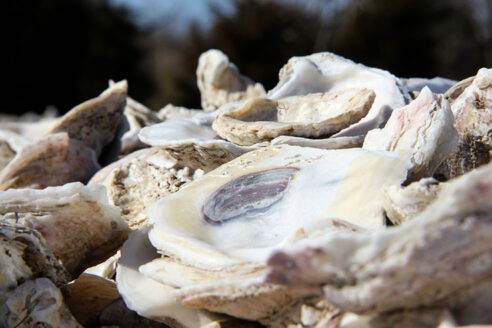Tagged Stories: "Harris Creek"
A glimpse into a restored Chesapeake oyster reef
April 3, 2018Researchers take a dive on Harris Creek three years after the last oysters settled
Read story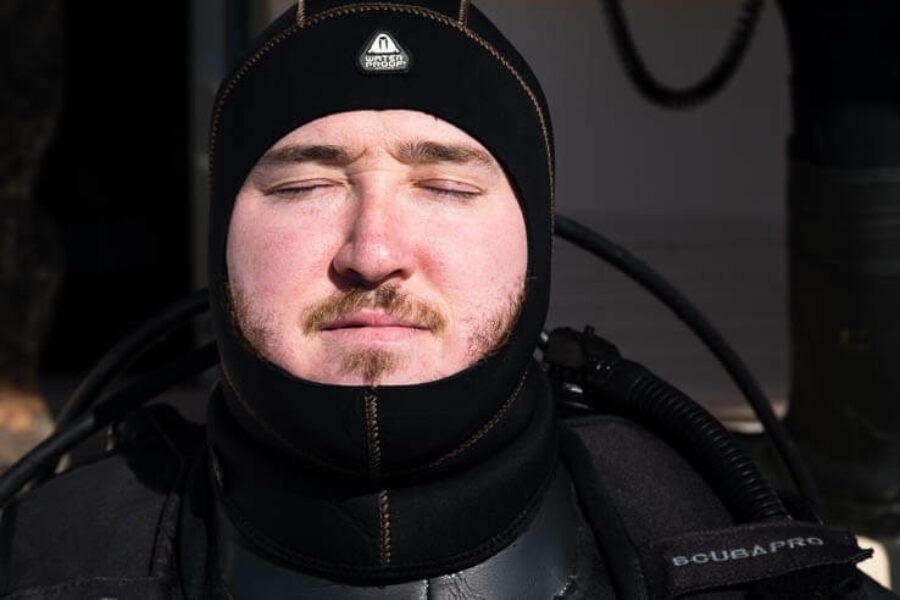
Maryland’s oyster population reaches highest level since 1985
May 13, 2014Survival rates are up and harvests have increased in portions of the Chesapeake Bay.
Read story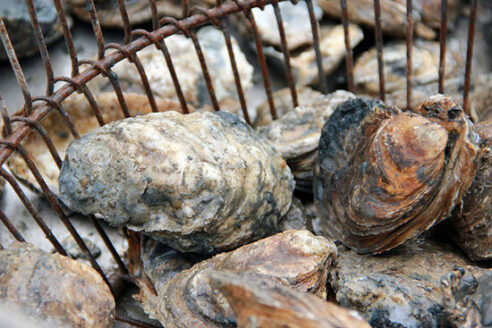
Fossilized oyster shells from Gulf Coast will restore reefs in Maryland waters
December 17, 2013The state has partnered with CSX to transport shell to Baltimore.
Read story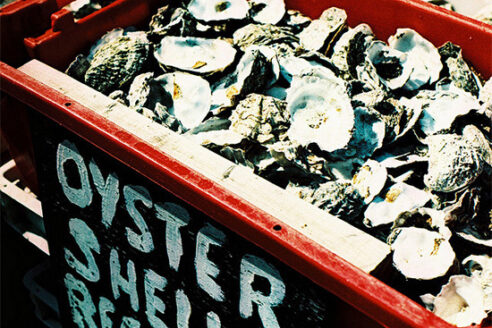
Maryland’s oyster population continues to rise
April 12, 2013For the second consecutive year, oyster abundance has increased in Maryland waters.
Read story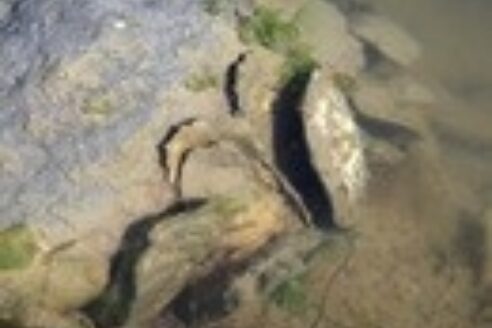
Rebuilding oyster reefs in Harris Creek, Maryland
March 19, 2013State and federal partners are working to restore oysters to 20 Chesapeake Bay tributaries by 2025.
Read story